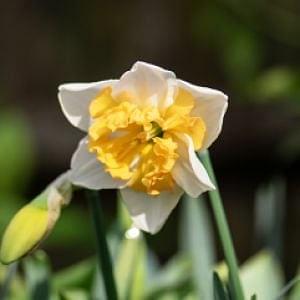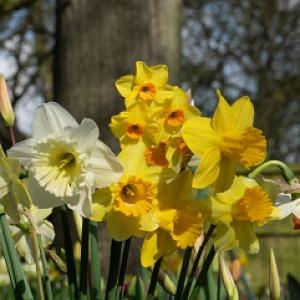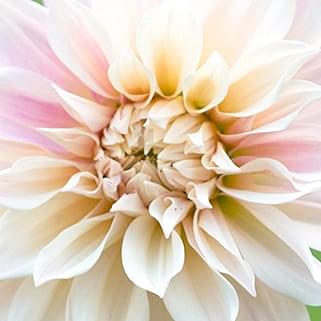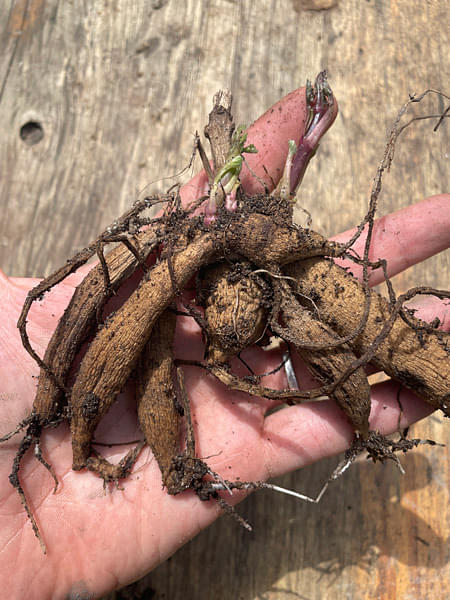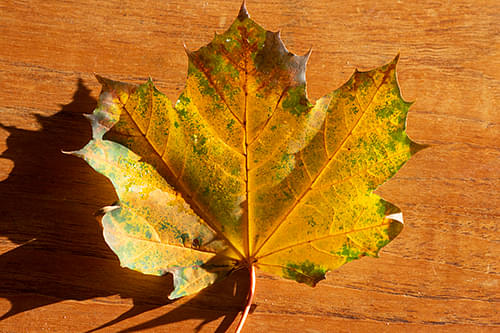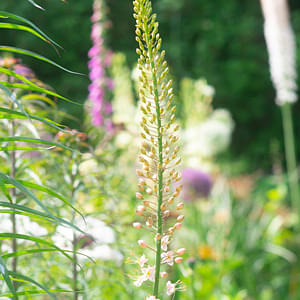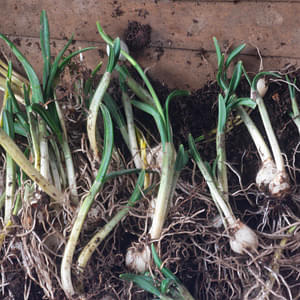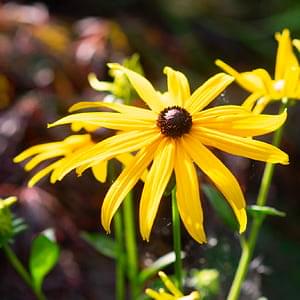How to plant daffodils and narcissi
- How to plant Bulbs - Autumn planting bulbs
- 29 Mar 2019
-
39views
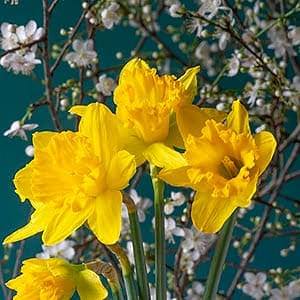
How to plant Narcissus
- Daffodils and narcissus bulbs are best planted from September to November.
- They are suitable for planting in the border, in containers
- Daffodils can also be naturalised in the woodland garden or grass.
- They will tolerate most soils but prefer moderately fertile, slightly alkaline soil that’s well-drained and moist during the growing season.
- They prefer full sun to partial shade.
- Always unpack bulbs on arrival and store in a cool, dry place until ready to plant.
- Plant the larger varieties around 15 cm deep - if planting in grass or light soil plant slightly deeper.
- For smaller flowering varieties plant around 10 cm deep.
- Allow around 50-60 bulbs per square meter for larger varieties and for the dwarf varieties around 75-100 bulbs per square meter.
- If the bulbs are planted too shallow this will encourage them to split and divide, producing little or no flower.
All parts of daffodils and narcissus are poisonous and should not be eaten as they contain compounds which can cause stomach discomfort and nausea. The bulbs can be poisonous to cats and dogs. Wear gloves when handling and planting daffodils and narcissus bulbs.
How to plant daffodils in pots
If you’re planting daffodils and narcissus in pots, make sure you use a good multi-purpose compost or soil based compost, adding a little grit to help drainage if necessary. Keep the pots in a cool area of the garden ensuring the soil is moist but not wet - exposure to heat could cause the flower buds to die off. They can be moved once the leaves appear. You can line the pots with polystyrene wall lining to provide frost protection. This will also help prevent excessive wind drying the soil when hitting the sides of the pots.
Daffodils and Narcissus are great for lasagne planting, you can see more here
Special Narcissus
Late flowering varieties should be watered during dry spring weather as they are prone to non-flowering if left to dry. Use a high potash fertiliser every couple of weeks during the growing period to promote the flower storage for the following year. This can be stopped when the flowers appear. If you garden organically, liquid seaweed is ideal - it is organic and comes from a sustainable source. Nitrogen fertilizer is best avoided for daffodils and narcissus.
What to do after your bulbs have flowered
- Dead-head the flowers as soon as they begin to fade to prevent seed production but leave the foliage to die back naturally for at least six to eight weeks -
- for Pseudo and Cyclamineus varieties, delay dead-heading until the seed has dispersed.
- Knotting the leaves is not recommended and removing the leaves too early prevents the bulbs receiving nutrients which aid food storage for a healthy bulb next year.
- Lift and divide the clumps of bulbs if flowering is sparse or if the bulbs are congested.




